Cooking bullfrogs, a culinary delight enjoyed across various regions in Asia, especially in China, requires a blend of precision, creativity, and an understanding of flavors that can elevate this ingredient to gourmet heights. While many might perceive preparing bullfrogs as a daunting task, with the right techniques and recipes, you can transform this aquatic delicacy into a mouthwatering meal that will leave your guests asking for seconds. This comprehensive guide aims to demystify the process and provide you with step-by-step instructions, tips, and tricks to make your bullfrog dishes truly exceptional.
Understanding Bullfrog Meat
Before diving into the cooking process, it’s crucial to understand the unique qualities of bullfrog meat. Bullfrog legs, which are the most commonly used part, are prized for their tender texture and mild, slightly sweet flavor. Unlike chicken or beef, bullfrog meat cooks quickly and requires careful handling to avoid overcooking, which can lead to a dry, unappealing texture.
When selecting bullfrog meat, look for firm, moist flesh with a clean smell. Fresh or frozen bullfrog legs are available in Asian markets and some specialty grocery stores. If purchasing frozen, ensure they are thawed properly in the refrigerator to maintain their quality.
Preparation Techniques
-
Cleaning and Skinning
- Start by rinsing the bullfrog legs under cold running water to remove any surface impurities.
- If you prefer skinless legs, use a sharp knife to carefully peel off the skin. This step is optional but can enhance the presentation and texture of your dish.
- Pat the legs dry with paper towels to remove excess moisture, which can affect the cooking process.
-
Marinating
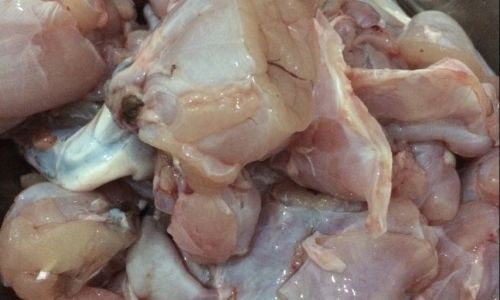
- Marinating bullfrog legs can add layers of flavor and tenderize the meat. A simple marinade of soy sauce, rice vinegar, garlic, ginger, and a touch of sugar can work wonders.
- Marinate for at least 30 minutes, preferably in the refrigerator, to allow the flavors to penetrate deeply.
-
Seasoning
- Seasoning is key to enhancing the natural flavor of bullfrog meat. Common seasonings include salt, pepper, five-spice powder, and white pepper.
- For more complex flavors, consider incorporating Chinese cooking wine, sesame oil, or even a blend of dried spices like star anise and cloves.
Cooking Methods
There are several cooking methods that can bring out the best in bullfrog meat, each offering a unique texture and flavor profile. Here are some popular techniques:
-
Stir-Frying
- Stir-frying is a quick and efficient way to cook bullfrog legs, retaining their tenderness and infusing them with bold flavors.
- Preheat your wok or large skillet over high heat and add a small amount of oil. Once hot, add chopped garlic, ginger, and scallions, followed by your marinated bullfrog legs.
- Stir-fry for about 3-4 minutes, until the meat turns opaque and slightly browned. Add your choice of vegetables, such as bell peppers, snap peas, or baby corn, and continue to stir-fry until everything is heated through and well combined.
- Finish with a splash of soy sauce, sesame oil, and a sprinkle of chopped green onions for garnish.
-
Steaming
- Steaming preserves the natural juices and flavors of bullfrog meat, making it an excellent choice for those who prefer healthier cooking methods.
- Arrange marinated bullfrog legs on a steaming rack or in a steaming dish. Add aromatics like ginger slices and green onions to the bottom of the steamer to infuse the meat with additional flavor.
- Steam for about 10-12 minutes, or until the meat is cooked through and tender. Serve with a dipping sauce made from soy sauce, rice vinegar, garlic, and chili oil.
-
Braising
- Braising allows the flavors of the sauce to meld with the bullfrog meat, creating a rich, succulent dish.
- Preheat your pot or wok with a bit of oil, and sear the marinated bullfrog legs until lightly browned on all sides. Add chopped aromatics (garlic, ginger, onions) and your braising liquid, which could be a mixture of soy sauce, rice wine, sugar, and water.
- Bring the mixture to a simmer, then reduce the heat to low, cover, and let it braise for about 20-25 minutes, or until the meat is tender and the sauce has thickened.
- Serve over steamed rice or noodles to soak up the delicious sauce.
-
Grilling
- Grilling adds a smoky, charred flavor to bullfrog legs, making them perfect for summer barbecues.
- Preheat your grill to medium-high heat. Thread marinated bullfrog legs onto skewers, and brush them lightly with oil to prevent sticking.
- Grill for about 4-5 minutes per side, or until they are evenly charred and cooked through. Serve with a zesty lemon-herb sauce or a spicy chili glaze for an extra kick.
Sauce and Seasoning Variations
The versatility of bullfrog dishes lies in the myriad of sauce and seasoning combinations you can experiment with. Here are a few popular variations:
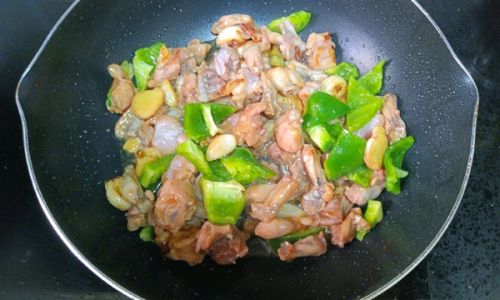
-
Sichuan-Style
Use a spicy Sichuan-style sauce made from chili oil, Sichuan peppercorns, soy sauce, garlic, and ginger. The numbing heat and floral aroma of Sichuan peppercorns add a unique dimension to the dish.
-
Cantonese-Style
Opt for a lighter, sweeter sauce with oyster sauce, soy sauce, sugar, and a touch of rice wine. Garnish with chopped scallions and sesame seeds for a classic Cantonese touch.
-
Korean-Inspired
Go for a Korean-style bullfrog dish with a gochujang-based sauce, mixing the fiery red chili paste with soy sauce, garlic, sugar, and sesame oil. Serve with a side of kimchi for an authentic Korean meal.
-
Thai-Flavored
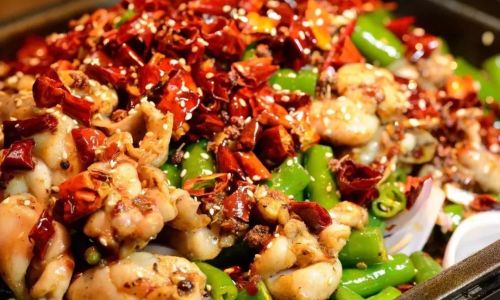
Incorporate Thai ingredients like lemongrass, kaffir lime leaves, and coconut milk to create a creamy, aromatic sauce. Add a squeeze of lime juice and a sprinkle of fresh cilantro for a refreshing finish.
Serving Suggestions
When serving bullfrog dishes, consider pairing them with complementary sides that enhance the meal’s overall experience. Steamed rice, fried rice, or noodles are classic choices that soak up the delicious sauces. Vegetables like broccoli, baby corn, or bell peppers not only add color and nutrition but also balance the rich flavors of the bullfrog.
For a more elaborate presentation, serve your bullfrog dish as part of a multi-course meal, pairing it with appetizers like spring rolls or dumplings, and desserts such as mango pudding or sesame balls.
Conclusion
Cooking delicious bullfrog dishes is an art that combines precision, creativity, and a deep understanding of flavors. By mastering the preparation techniques, exploring various cooking methods, and experimenting with diverse sauce and seasoning combinations, you can transform bullfrog meat into a culinary masterpiece that will impress even the most discerning palate. Whether you’re stir-frying, steaming, braising, or grilling, remember that the key to success lies in respecting the delicate nature of bullfrog meat and cooking it to perfection. With this guide as your companion, you’re well-equipped to embark on a culinary journey that promises to delight your taste buds and elevate your cooking skills to new heights. Happy cooking!
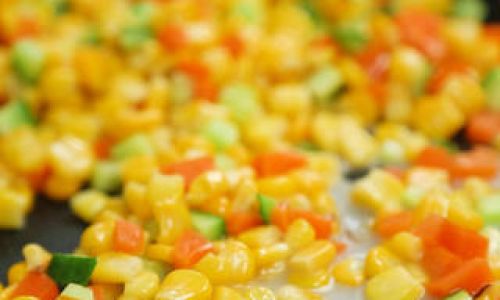
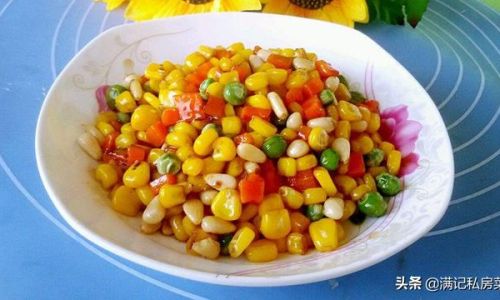
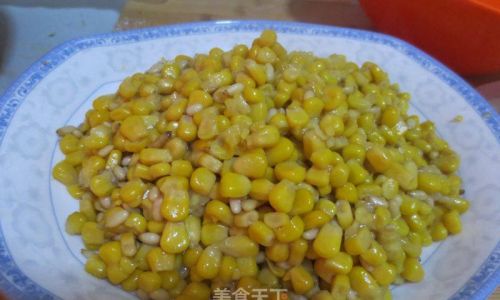
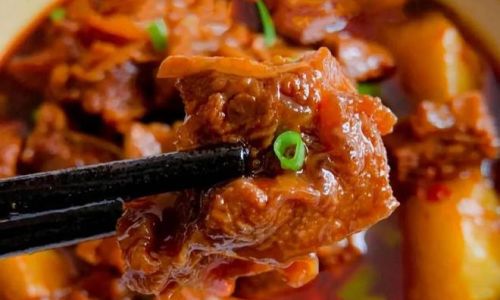
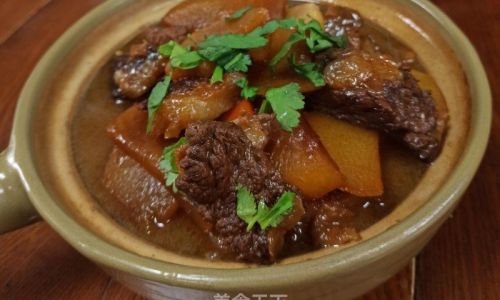
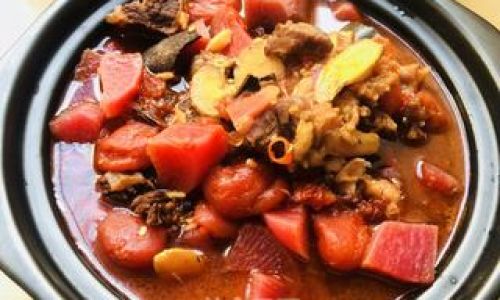
0 comments